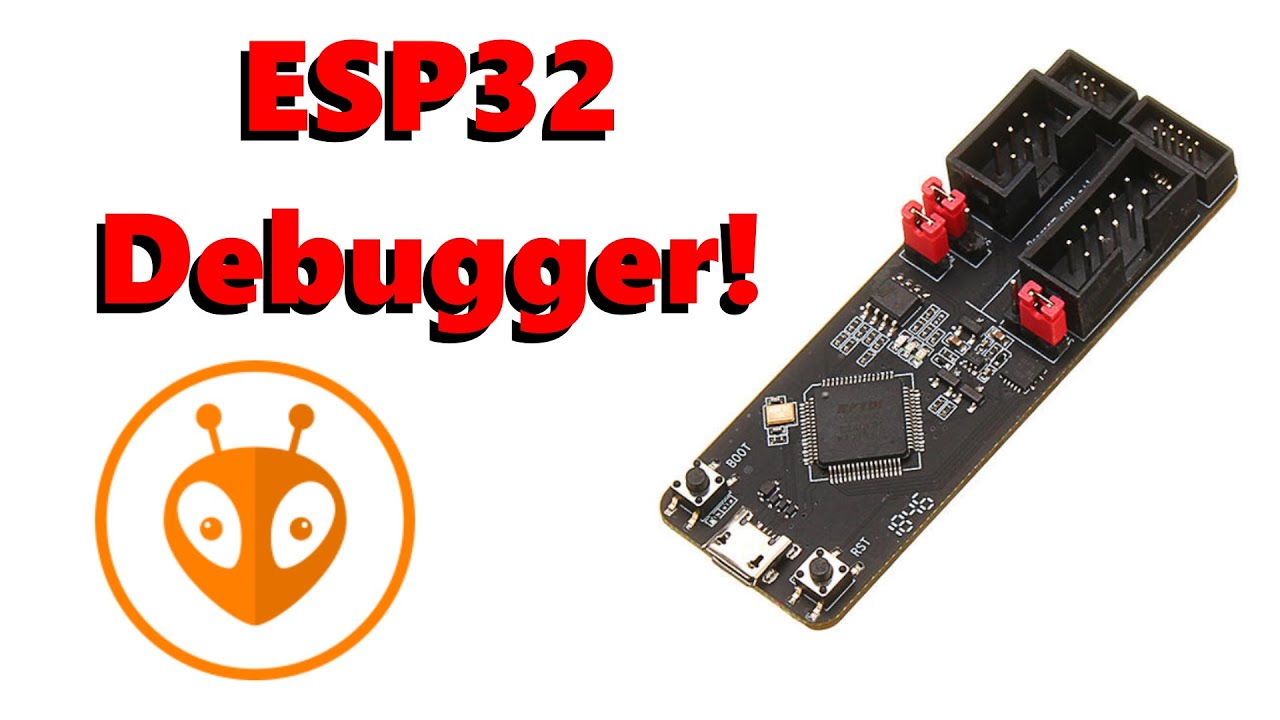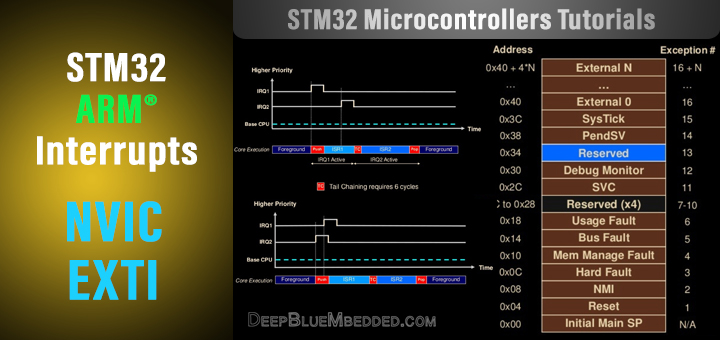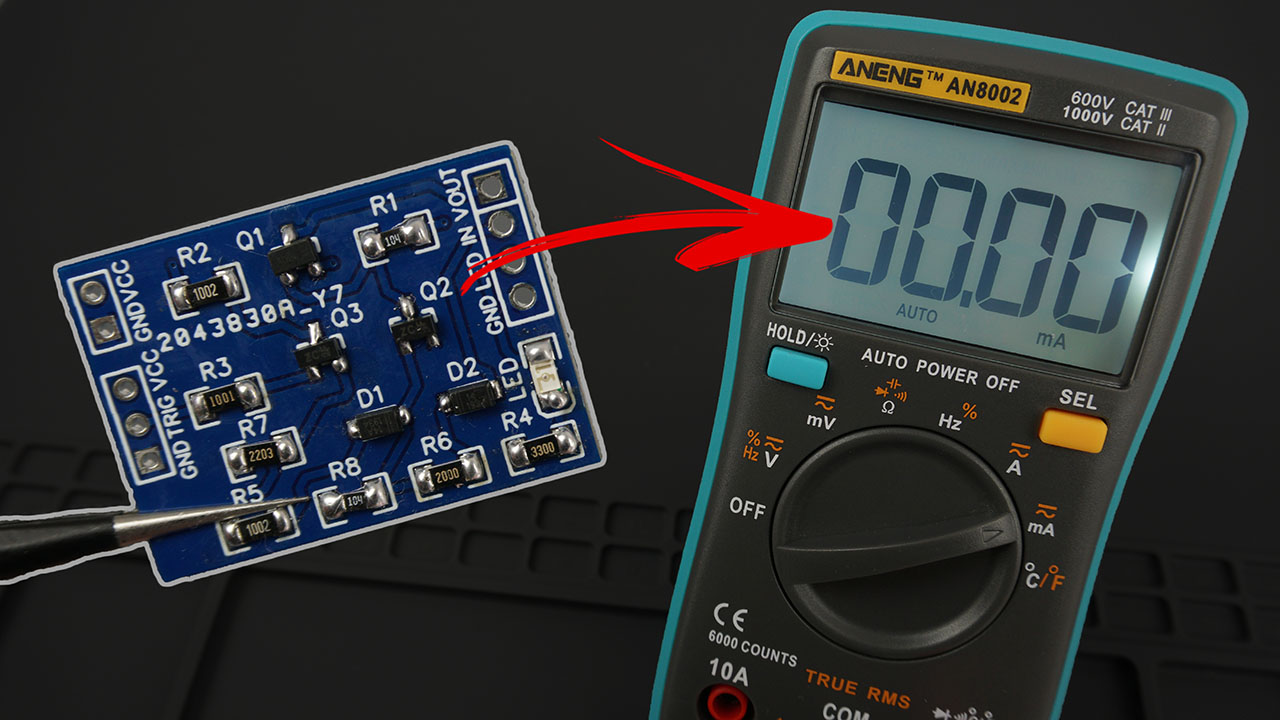How to use PWM on an STM32?
If you are working with an STM32 microcontroller and wondering how to use PWM (pulse width modulation) to control the intensity of an LED or the speed of a motor, you’re in the right place! PWM is a crucial technique for controlling analog devices digitally and is commonly used in a wide range of applications such as robotics, motor control, and LED brightness control.
In this article, we will walk you through the basics of PWM and show you how to implement it on an STM32 microcontroller using CubeMX and HAL library. So, grab your STM32 board, fire up your favorite IDE, and let’s dive in!
What is PWM?
Pulse width modulation (PWM) is a technique used to generate analog output signals from digital devices. It works by rapidly switching a digital signal on and off at a fixed frequency, with the ratio of on-time to off-time determining the average voltage output. By adjusting the duty cycle (the percentage of time the signal is on), you can control the average voltage output and, thus, the intensity of an LED or the speed of a motor.
Using PWM on an STM32
Most STM32 microcontrollers come with built-in hardware support for PWM generation, making it easy to use and highly efficient. To get started with PWM on an STM32 microcontroller, follow these steps:
- Open CubeMX and create a new project for your STM32 microcontroller.
- Select the GPIO pin you want to use for PWM output and set it as a PWM output in the Pinout tab.
- Configure the PWM settings, such as frequency and duty cycle, in the Timer configuration tab.
- Generate the project code and open it in your IDE.
- Initialize the PWM timer and start generating PWM signals in your main code.
By following these steps, you can easily set up PWM output on your STM32 microcontroller and start controlling analog devices digitally. Experiment with different duty cycles and frequencies to achieve the desired output for your specific application.
Conclusion
In conclusion, PWM is a powerful technique for controlling analog devices digitally and is widely used in various applications. By following the steps outlined in this article, you can quickly and easily implement PWM on an STM32 microcontroller and start controlling the intensity of LEDs or the speed of motors. So, go ahead and give it a try!
How to use PWM on an STM32?
If you are working with an STM32 microcontroller and wondering how to use PWM (pulse width modulation) to control the intensity of an LED or the speed of a motor, you’re in the right place! PWM is a crucial technique for controlling analog devices digitally and is commonly used in a wide range of applications such as robotics, motor control, and LED brightness control.
In this article, we will walk you through the basics of PWM and show you how to implement it on an STM32 microcontroller using CubeMX and HAL library. So, grab your STM32 board, fire up your favorite IDE, and let’s dive in!
What is PWM?
Pulse width modulation (PWM) is a technique used to generate analog output signals from digital devices. It works by rapidly switching a digital signal on and off at a fixed frequency, with the ratio of on-time to off-time determining the average voltage output. By adjusting the duty cycle (the percentage of time the signal is on), you can control the average voltage output and, thus, the intensity of an LED or the speed of a motor.
Using PWM on an STM32
Most STM32 microcontrollers come with built-in hardware support for PWM generation, making it easy to use and highly efficient. To get started with PWM on an STM32 microcontroller, follow these steps:
- Open CubeMX and create a new project for your STM32 microcontroller.
- Select the GPIO pin you want to use for PWM output and set it as a PWM output in the Pinout tab.
- Configure the PWM settings, such as frequency and duty cycle, in the Timer configuration tab.
- Generate the project code and open it in your IDE.
- Initialize the PWM timer and start generating PWM signals in your main code.
By following these steps, you can easily set up PWM output on your STM32 microcontroller and start controlling analog devices digitally. Experiment with different duty cycles and frequencies to achieve the desired output for your specific application.
Conclusion
In conclusion, PWM is a powerful technique for controlling analog devices digitally and is widely used in various applications. By following the steps outlined in this article, you can quickly and easily implement PWM on an STM32 microcontroller and start controlling the intensity of LEDs or the speed of motors. So, go ahead and give it a try!



